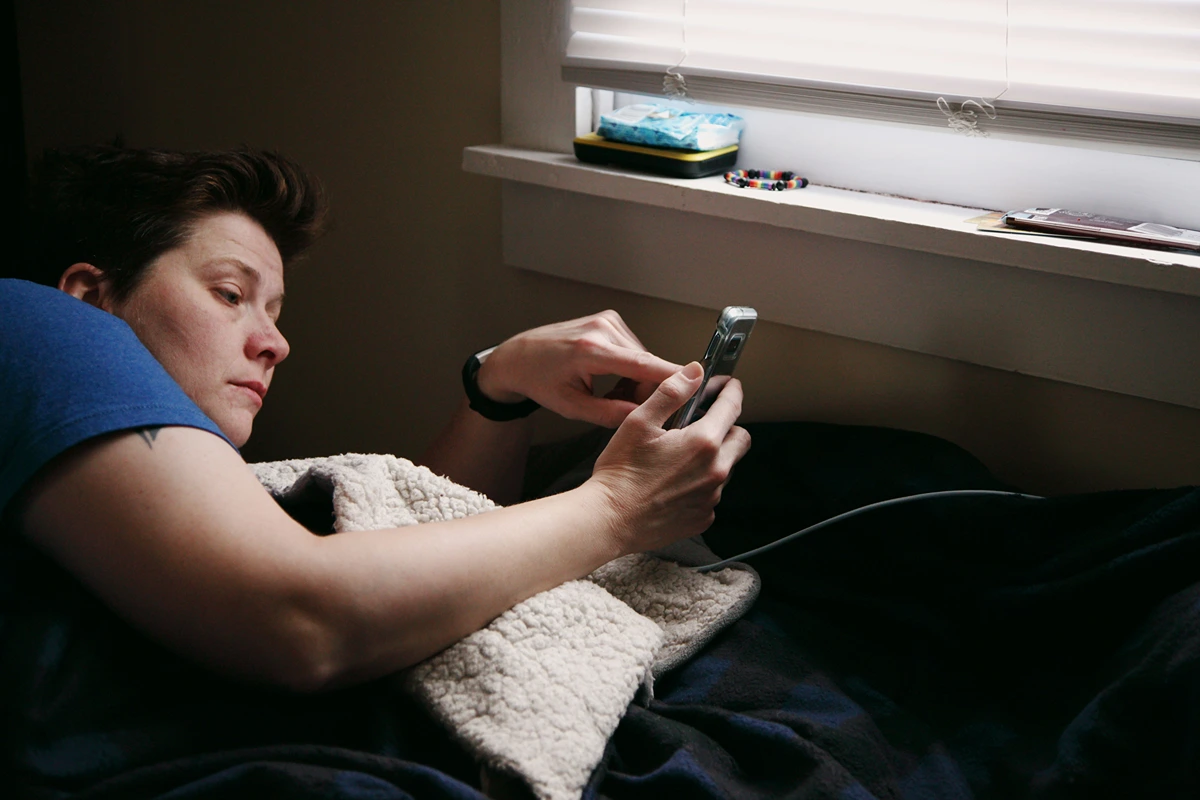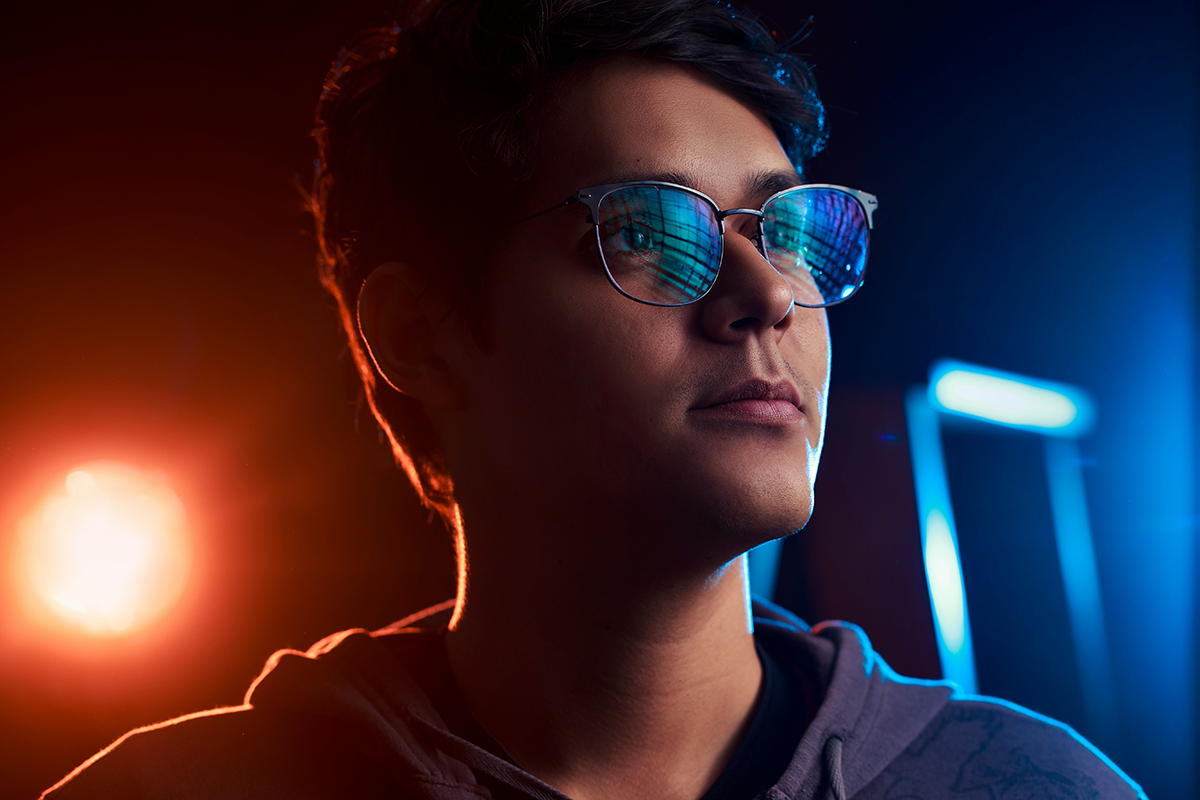How this Habit Hurts
Scrolling TikTok at 2 a.m. feels harmless until the sleep debt lands. By keeping your phone within reach at bedtime you are exposing yourself to blue light which mimics daylight, suppresses melatonin, and delays REM cycles (Cajochen et al., 2019). Even with your phone powered‑off on the nightstand, shut‑eye is still sabotaged: the phones mere presence primes “just‑in‑case” checks that spike cognitive arousal and doomscrolling temptation (Wilcockson et al., 2019).
Beyond Blue Light: “Bedside Effects”
Studies link bedside phones to:
- Fragmented sleep and next‑day fatigue (Yaakoubi et al., 2024)
- Higher anxiety & FOMO notifications buzz even on silent (Flack et al., 2024)
- Cognitive overload- habit loops create “brainrot” mind‑fog (Yousef et al., 2025)
Put simply: a phone within arm’s reach keeps your mind on, even when your eyes are shut.
The 8‑Feet Rule
Moving your phone eight feet away, roughly the other side of a small bedroom creates friction. You can still hear an emergency call, but you won’t grab the device out of boredom or reflex. Studies show participants in trials who relocated phones away 2.5 m slept 21 minutes longer and woke up 50 % less often (Schmuck, 2020).
An easy solution: Measure the distance from your bed to where you’ll now keep your phone once. You can place a small rug or tape mark so your phone always lands past the line.
Alarm Alternatives That Won’t Tempt You
- Sunrise clocks: They gradually brighten the room and are proven to boost morning mood.
- Travel‑size analog alarms: These are low‑cost, battery‑powered, with zero notifications.
- Smart speakers outside the room: Allow you to set voice‑activated alarms you must physically leave bed to silence.
Add an affiliate link or product carousel here for revenue alignment.
Building a “No‑Phone Zone”
- Name the space. A name like “Sleep Sanctuary” sets an identity to your phone free area
- Dock all devices in the hallway with a charger before 10 p.m.
- Swap the habit. Keep a paperback book, journal, or eye mask on the nightstand instead, no screens in the bedroom
Night Owl Changes
Barrier | Shift you can make | Why it works |
“I use my phone as an alarm.” | Physical alarm clocks / sunrise clocks | Separates wakeup from your devices |
“I like white noise.” | Bluetooth speaker outside room | Replace screens with sound |
“I crash at 1 a.m.” | 30‑min wind‑down playlist, auto phone turn off | Replaces scrolling with audio marker |
Remember: Progress, not perfection. Try one shift tonight, note how you feel tomorrow, and iterate.
Key Takeaways
- Sleep with your phone in the room? Science says distance matters- an eight feet distance cuts blue light wakeups and late night scrolling.
- Bedside phones fuel anxiety, FOMO, and cognitive fog.
- Simple swaps like physical alarm clocks, hallway chargers, wind‑down playlists deliver fast wins.
- Start small; celebrate micro‑wins to build momentum.
Next Step
Move your phone past the eight‑foot mark before bed tonight. Start small and hopefully you will see positive results.
References
- Cajochen, C., et al. (2019). Somnologie, 23(3), 147‑156.
- Flack, R., et al. (2024). BMC Psychiatry, 24(1), 384.
- Schmuck, D. (2020). Cyberpsychology, Behavior, and Social Networking, 23(8), 526‑532.
- Wilcockson, T. D. W., et al. (2019). Addictive Behaviors, 99, 106013.
- Yousef, A. M. F., et al. (2025). Brain Sciences, 15(3), 283.
- Yaakoubi, M., et al. (2024). School Mental Health, 16(4), 1236‑1246.
*Disclaimer: Offline Now offers educational coaching tips, not medical or therapeutic advice; please consult a qualified health professional for personal, clinical or health concerns.*


